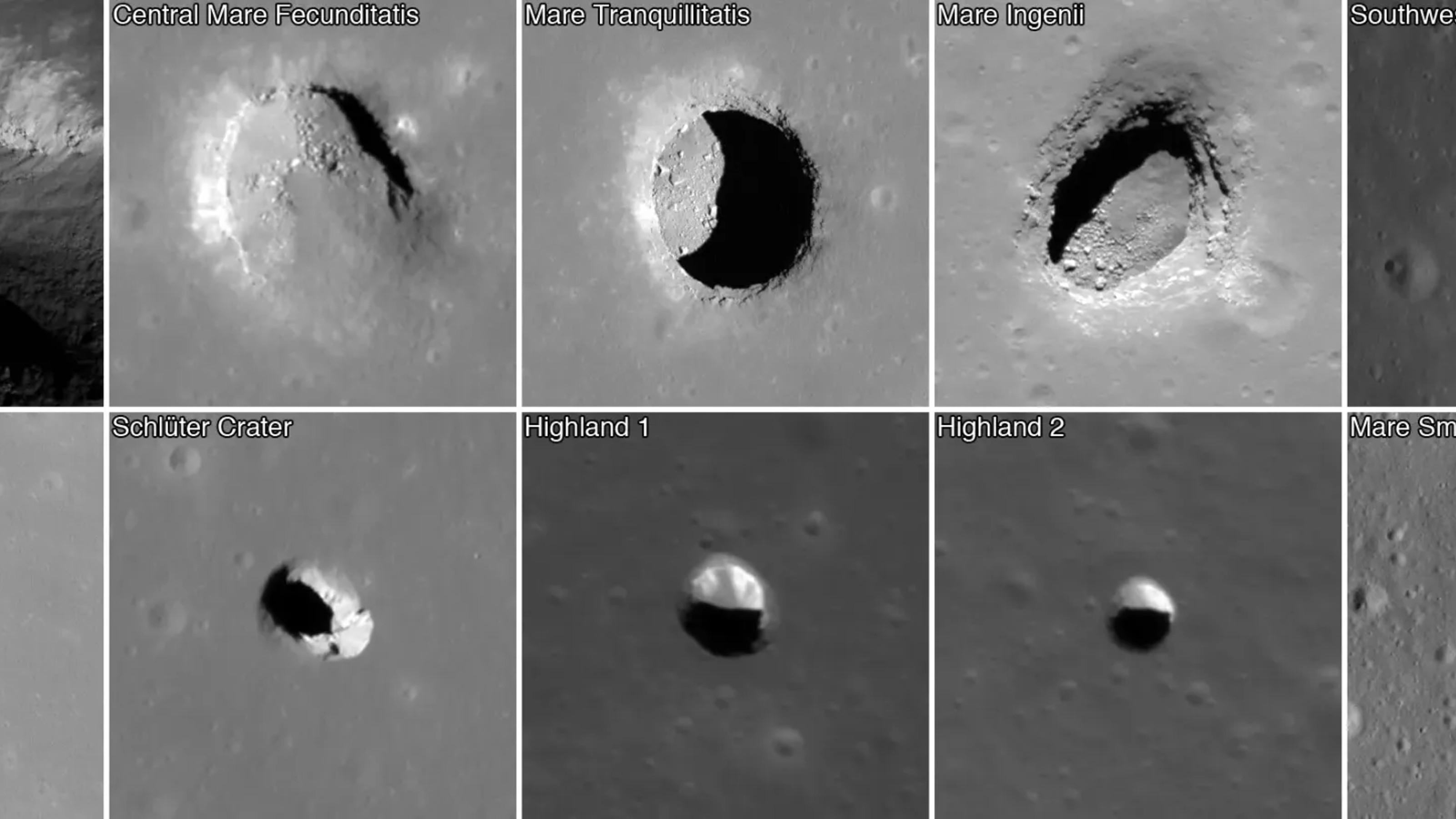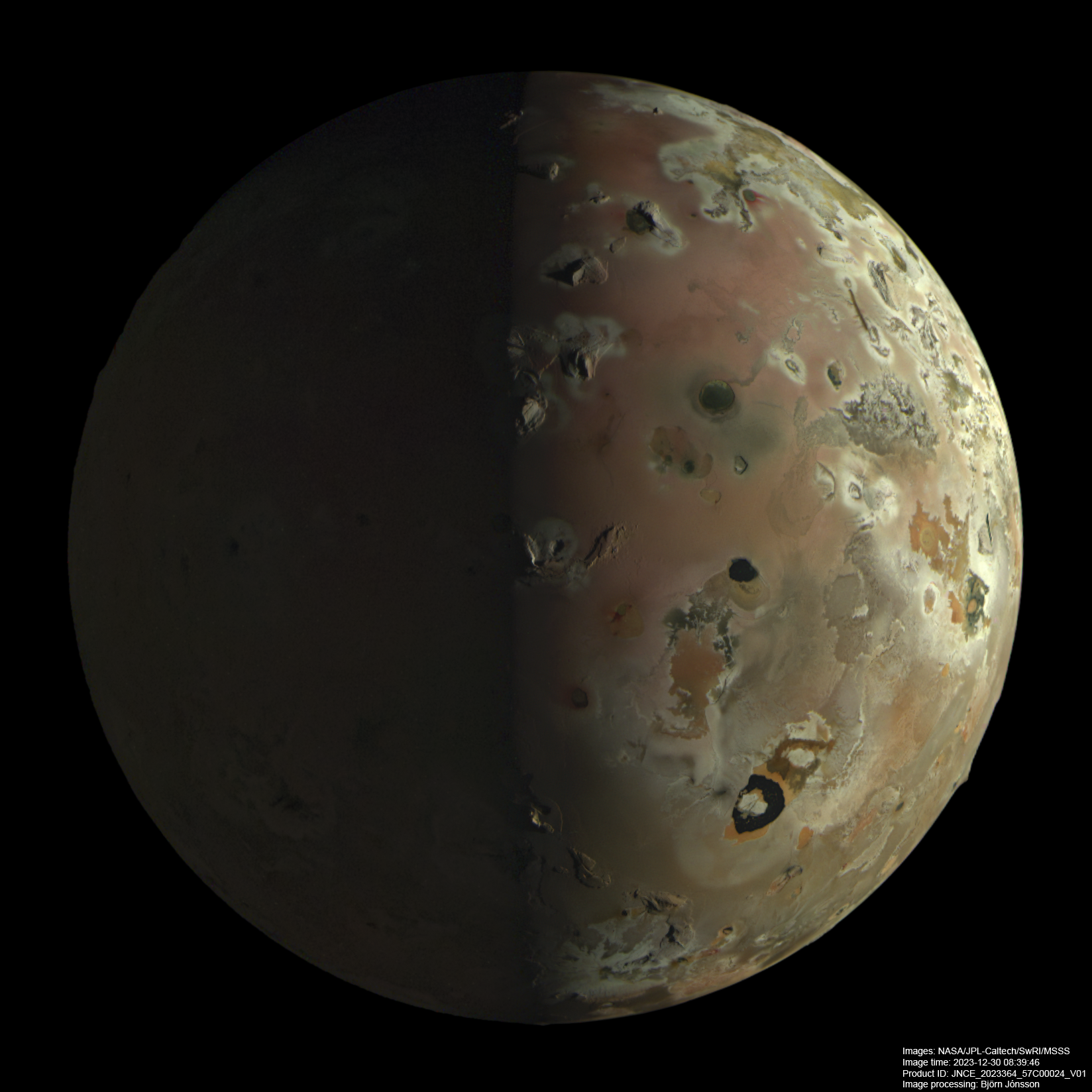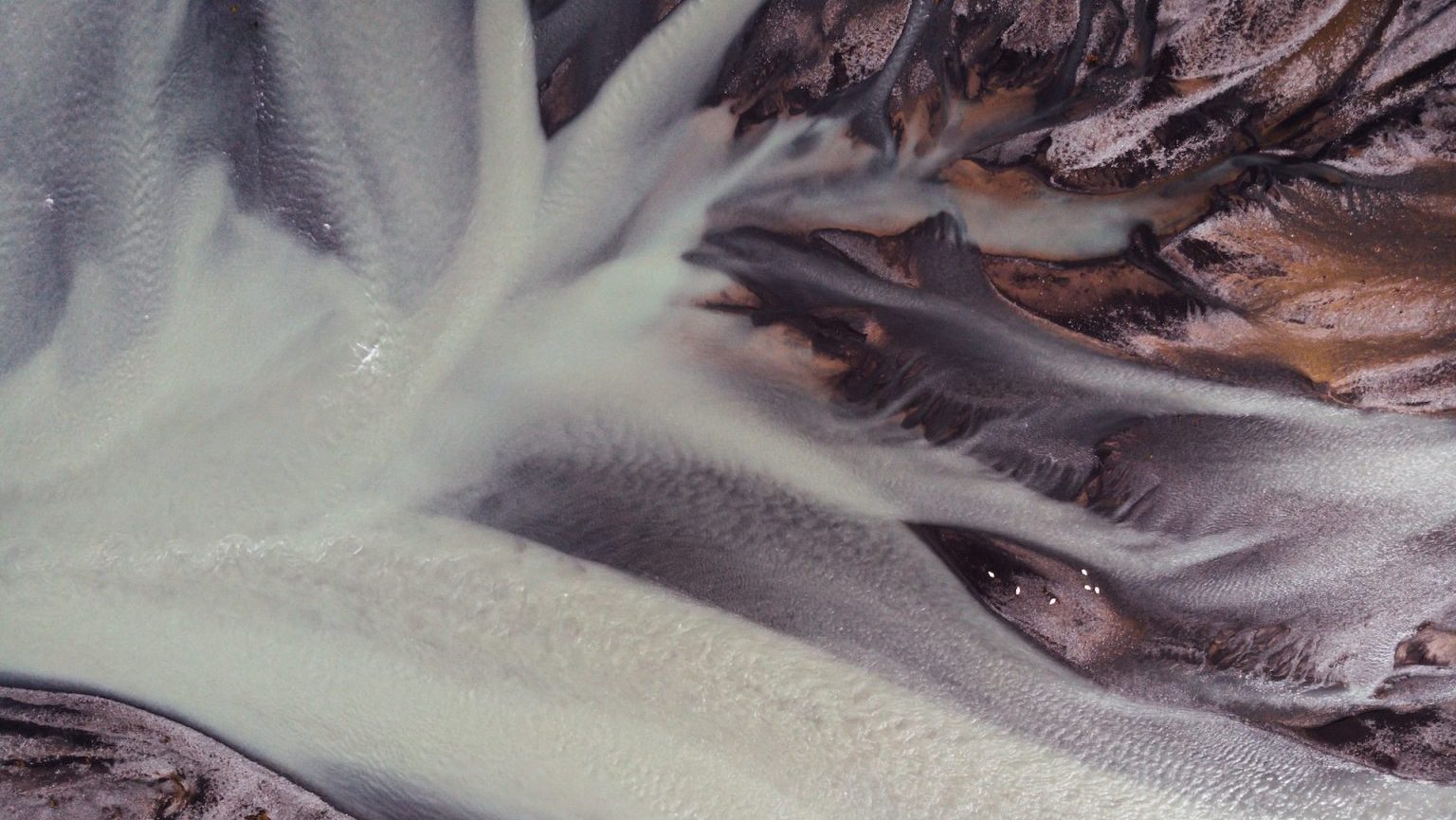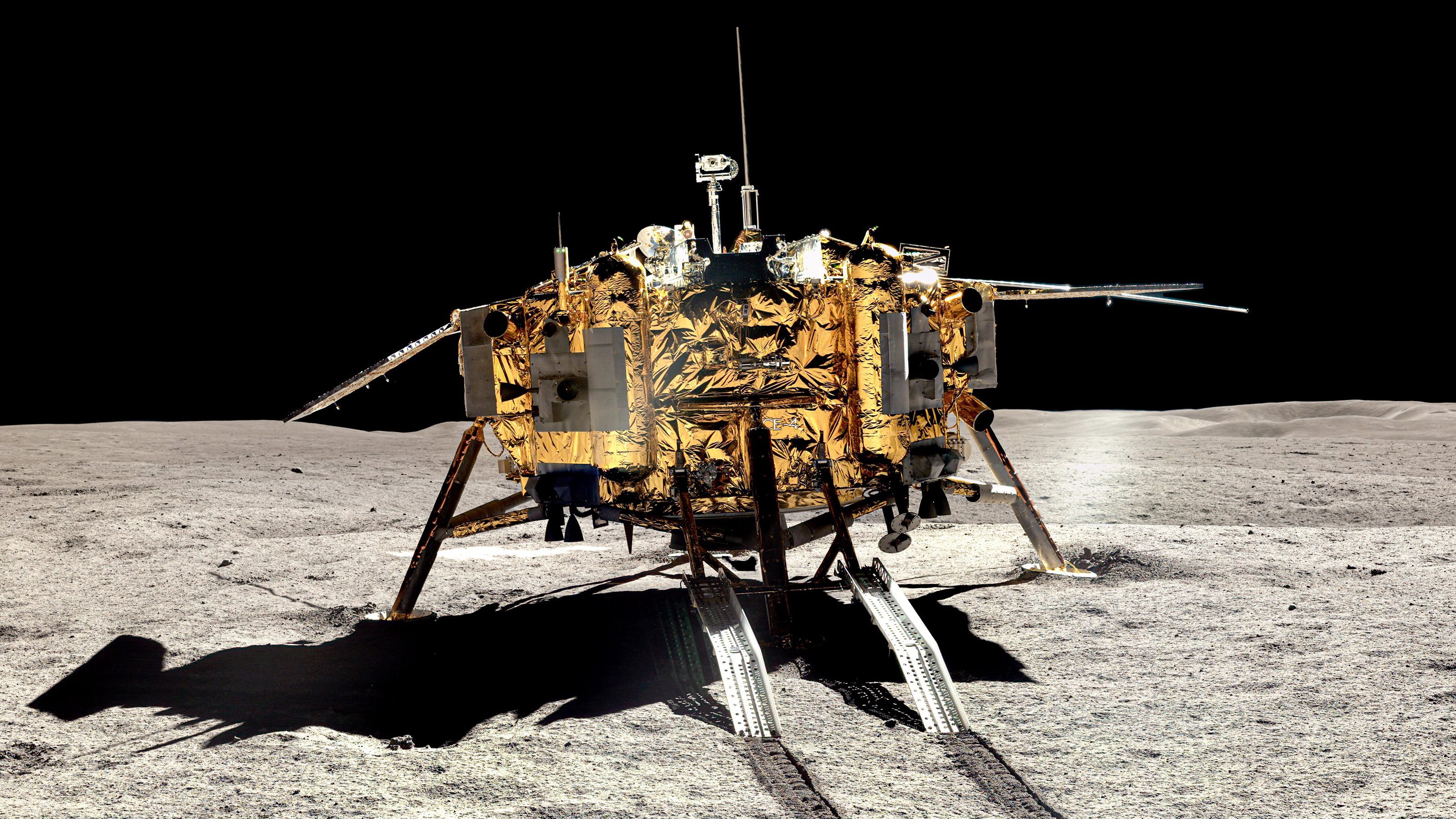Monday Musings: Examining the innards of a volcano and silicic volcanism on the Moon
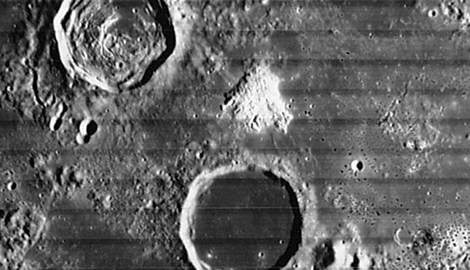
I’m still playing catch-up from the field trip, but there is a pile of news – mostly research-related rather than new eruptions – so I thought I’d whip up a short post:
Probing active volcanoes: We might soon be able to check out the innards of a volcano if Dr. Alton Horsfall and his group from Newcastle University’s Centre for Extreme Environment Technology are right. They have developed a silicon carbide module that can be dropped into a volcanic system and withstand temperatures up to 900C. This module could then wirelessly transmit geological information on the volcanic system, such as gas content/flux, temperature and more, helping in monitoring the volcano. Now, before you get too excited, although 900C is hot, there are a lot of magmas – from basalt to rhyolite – that are hotter. Also, it might be tough to wirelessly transmit through, say, 100 meters of molten magma, so likely the best use of the unit would be in the crater of a volcano, so that information that is collected remotely could be collected at the sight – such as the temperature of a growing dome or the changing gas flux at a crater vent (until its shot out of the crater or buried in rubble!). I also wouldn’t say this device will “predict volcanic eruptions”, but needless to say, the module sounds very cool – and let’s hope that it works.
Silicic volcanoes on the Moon: There is also a new study in Science suggesting that the Earth’s Moon might have produced very minor siiicic volcanism in the past. Most of the lunar lavas we see or have sampled on the surface of the moon are mafic (low silica) rocks, such as basalts (although a few lunar anorthosites, a plutonic rock, were also sampled). They tend to form lava flows – think Hawai`i. It was believed that the moon predominantly experienced basaltic magmatism, but a new feature identified on the lunar surface might be the product of silicic magmatism – the stickier brand of magma that can be more explosive or form thick domes. The feature, called Hansteen Alpha, likely formed over 2 billion years ago, and Timothy Glotch and his coauthors say that the shape of the feature and its spectral pattern (which tells us about its composition) are definitive proof of silicic volcanism on the Moon. This dome on the Moon could be similar to the “pancake domes” we’ve observed on dominantly-basaltic Venus. Even on Earth, we sometimes find silicic magma where almost everything else is basaltic – such as the rhyolites of Iceland or dacite of Hawaii – so most likely the silicic magma on the Moon is a product of fractionation of basalt. Remember, as a basalt cools, minerals form, settle out and the remaining liquid magma will have a different composition, one that is more silicic. Do this long enough in the right conditions, and you can produce a silicic magma that could erupt. So, although it is cool to find proof of silicic volcanism, it is also not entirely surprising.
Top left: A view of Hansteen Alpha (middle), believed to be a silicic dome complex on the Moon, the first to be identified.
